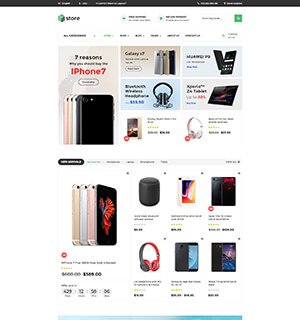Home Page
Welcome to Rubber Flooring UK, the leading supplier of rubber matting solutions for both commercial and domestic applications.
Here are some of the top-quality rubber mats suitable for industrial applications, businesses, events, and residential use. Our product range includes: They offer products such as outdoor matting, electrical safety matting, swimming pool mats, van matting, entrance mats, gym mats, rubber strips, rubber extrusions, silicone tubing, and garage door thresholds.
They offer outdoor rubber matting with all-weather traction for pathways, patios, playgrounds, and other areas. It is possible to note that the specified layouts provide the opportunity for water outlet and air circulation, which would avoid water accumulation leading to puddles or mold formation. It is quite resistant to foot traffic and can last for years.
Safety is our priority. Our electrical safety matting has high insulative properties to avoid the risk of electrical shock near electrical equipment. These mats come in a rubber-based material with insulation properties that are higher than the standard market requirements. We also sell softer gym mats for corners and safety from falls.
Each rubber mat offered by our company is an ergonomic flooring solution. Additional padding provides anti-fatigue features that minimize pressure on the legs and back due to standing or walking. The non-slip textures also reduce the chances of falling for improved traction on the floor.
Here we have the right type of matting which can be used in the industrial applications or recreational ones. You should consult with our specialists to find out the recommended quantities depending on your specific needs and usage. We have different sizes, thicknesses, and surface finishes to suit different areas of the home.
Apart from complete mats, we provide rubber strips, rubber extrusions, and silicone tubing for application in custom-made projects. These materials possess the flexibility, strength, and insulation properties that can be used in seals, bumpers, grips, among others.
They are designed to be placed below our overhead doors to prevent drafts from entering through the garage. Due to the tapered rubber ramp, there is ease of entry and exit of vehicles into the building.
All of our rubber matting products are manufactured from high-quality materials for maximum durability and services. We also can do custom sizes and configurations if needed. Get in touch with us today to share your project needs with us! Our team is eager to assist with your rubber matting needs and to provide you with the best options.












